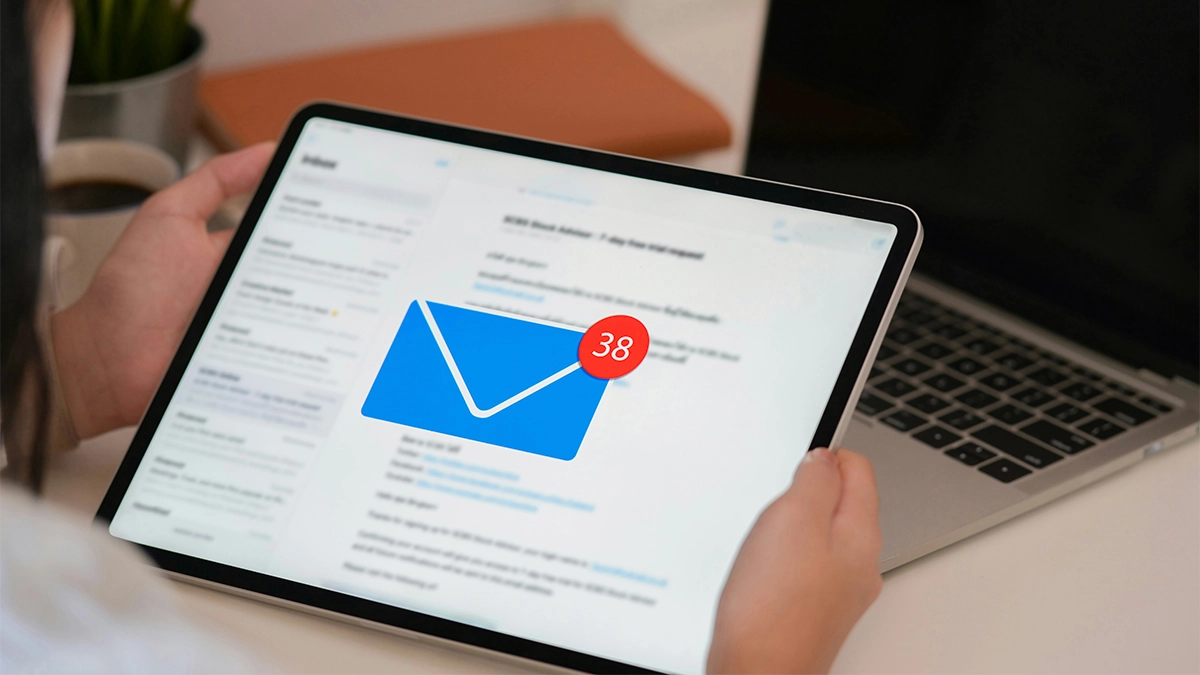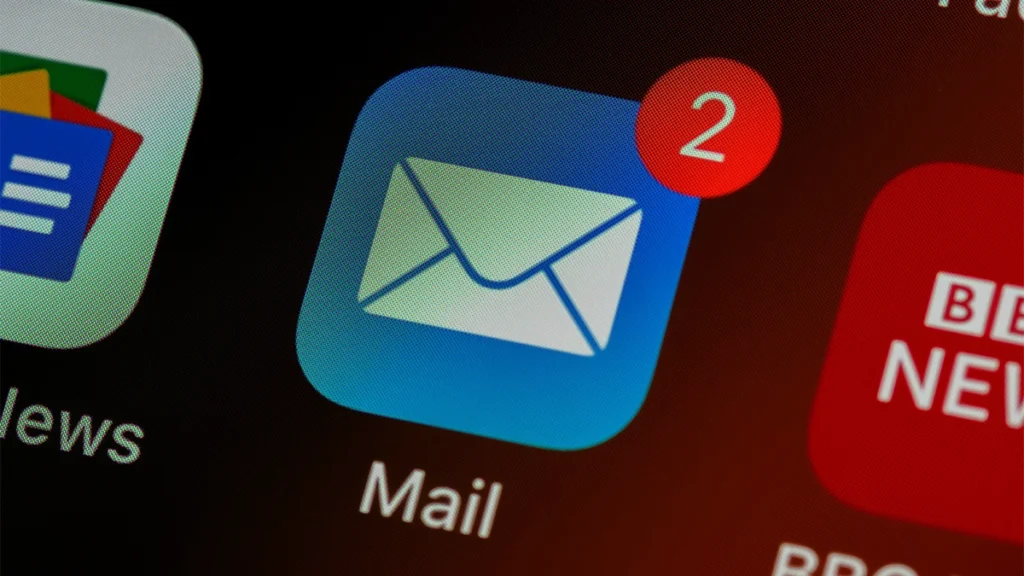Welcome to your go-to guide on email marketing—no jargon, no tech phobia. This is tailored for startups and small businesses who want to connect with customers, grow their brand, and make an impact without getting overwhelmed.
Is Email Marketing Still Relevant in 2025?
Short answer? Yes—100%.
Longer answer? It’s one of the few digital marketing channels you own. No algorithms, no pay-to-play nonsense—just direct access to your audience.
Despite shiny new platforms popping up yearly, email remains one of the most effective tools for small businesses. Here’s why it’s still thriving:
- Wider reach: Around 4.6 billion people use email globally—more than social media.
- High engagement: According to Campaign Monitor, email generates up to 6x more conversions than social media.
- People check emails daily: On average, people check their inboxes 15–20 times a day. That’s a lot of chances to get noticed.
So, while platforms like Instagram and TikTok are great for visibility, email is where the real business often happens.
Why Email Marketing Matters for Small Business
- High ROI: Research from SumUp UK shows small‑business email campaigns return a whopping £35 per £1 spent — that’s affordable marketing with serious results.
- Relationship‑building: It’s a personal line straight into your audience’s inbox—perfect for keeping customers in the loop.
- Automation: Set it up once (welcome emails, abandoned cart reminders) and let it work for you.
- Targeted engagement: Segment your audience so you can send the right message to the right people.
In short: it’s accessible, effective, and essential for businesses with limited resources.
Common Types of Email Campaigns
Knowing your options helps you choose what fits.
- Newsletters
- Best for: Updates, content, loyalty.
- Promotional Emails
- Best for: Discounts, seasonal offers, and product launches.
- Transactional Emails
- Triggered by user actions: confirmations, receipts, password resets.
- Retention Emails
- For nurturing leads: onboarding, feedback, win‑back campaigns
Success stats
- Abandoned cart emails can recover up to 10–15% of lost sales.
- Personalised emails drive up to 760% increase in revenue over generic blasts.
Techniques That Deliver
- Segmentation:
Divide your list by demographics, behaviour or interests. - Personalisation:
Including names or tailored suggestions boosts engagement. - A/B Testing:
Tweak subject lines, content, send-times—test and learn. - Drip campaigns:
Automated sequences based on user actions. - Optimisation:
Use strong subject lines (urgent, exclusive, free) - Analytics:
Track opens, clicks, conversions to improve future emails.
Best Tools for Email Marketing
Here’s a handy breakdown of popular choices:
- Mailchimp:
User-friendly, free tier, great templates & automation. - MailerLite:
Clean interface, solid automation and A/B testing. - Kit:
Best for creators/freelancers wanting personalised landing pages. - HubSpot:
Free CRM & email tools; brilliant for small businesses with growth in mind.
Pros of Email Marketing
- Budget-friendly, massive ROI
- Easy to customise and automate
- Direct reach—your brand lands in the inbox
- Measurable performance
Cons of Email Marketing
- Requires list-building (it’s a long‑game strategy)
- Risk of being marked as spam—need consent, clear unsubscribe
- Constant improvement: lists decay, deliverability drops
- Time and effort needed to write, design, optimise
Top Mistakes to Avoid
- Buying email lists:
Big no-no. Leads won’t engage, and you risk being spam-flagged. - Irrelevant or generic emails:
Makes people unsubscribe fast. - Ignoring mobile users:
50%+ open emails on phones—use responsive design. - Over-mailing:
Quality over quantity—don’t flood inboxes. - Not tracking results:
Without analytics, you’re flying blind. - Forgetting compliance:
GDPR, PECR and CAN-SPAM laws matter.
GDPR and Legal Requirements
Let’s be honest—compliance stuff isn’t exactly thrilling. But when it comes to email marketing, the law really matters. Sending the wrong type of email to the wrong person can land you in hot water (or at least in someone’s spam folder).
Here’s what you need to know to stay on the right side of the law in the UK:
The Big One: Consent
You can’t just email people because you found their details online or they bought from you once upon a time. Under GDPR (General Data Protection Regulation) and PECR (Privacy and Electronic Communications Regulations), you need clear and informed consent before adding someone to your list.
That means:
- They must actively opt in (no pre-ticked boxes).
- You should explain what kind of emails they’ll receive (e.g. “Monthly updates and offers”).
- Keep a record of when and how they gave permission.
Include the Basics in Every Email
Each marketing email must have:
- Your business name and contact details
- A clear unsubscribe link (and yes, it has to work!)
- A simple way for people to update their preferences
Tip: If someone unsubscribes, you must stop emailing them for marketing purposes.
Legitimate Interest vs. Consent
If you’re a B2B company, you might have heard of “legitimate interest” as a loophole. Here’s the deal:
- You can email someone at their business email address if the content is relevant to their job and you give them an easy opt-out.
- But this doesn’t apply to personal email addresses (like Gmail or Hotmail), or to sending marketing to individual consumers.
Bottom line? When in doubt, get consent—it’s cleaner, safer, and better for your brand.
Data Protection Must-Haves
- Store your mailing list securely (don’t keep spreadsheets floating around your desktop).
- Only collect the data you need—no need to ask for someone’s shoe size unless you’re selling them shoes.
- Don’t share or sell email data. Ever.
What Happens If You Ignore This?
Penalties for breaking GDPR can be up to £17.5 million or 4% of your annual turnover (whichever’s higher). For most small businesses, the bigger risk is reputational—nobody wants to be that company spamming inboxes.
How to Design Emails That Convert
Looks matter—and so does structure. Here’s how to design emails your readers actually want to open, click, and act on.
Nail the Subject Line
Your subject line is your first (and maybe only) impression. Keep it:
- Short and punchy (under 60 characters)
- Intriguing or benefit-driven: “Your 15% Discount Awaits” or “Struggling to Plan Content?”
Bonus tip: Emojis can help in moderation—just make sure they match your tone.
Write a Killer Preview Text
This is the line that appears under the subject. Use it to tease what’s inside:
Subject: “Big news from us…”
Preview: “We’re launching something new—and you’re the first to know.”
Use Clear, Scannable Layouts
Most people skim—so make it easy:
- Break text into short paragraphs
- Use bullet points and headers
- Keep important info “above the fold” (visible without scrolling)
Strong Visuals, Light on Load
Add brand visuals, product photos, or icons. But compress images and avoid giant banners—heavy emails get flagged or ignored.
Include ONE Clear CTA
Every email should have a single goal. Don’t confuse people with 5 different buttons. Whether it’s “Book a Free Call” or “Shop the Sale”, make the call to action big, bold, and obvious.
Make It Mobile-Friendly
More than 50% of emails are opened on phones. Use responsive templates, bigger fonts, and buttons that are easy to tap.
Test, Learn, Repeat
A/B test subject lines, CTA buttons, or even send times. Small tweaks can lead to big wins.
Email Marketing vs Social Media: Which Is Better?
This isn’t a fight—more like a tag team. But they do different jobs, and understanding the differences helps you spend your time (and money) wisely.
| Feature | Email Marketing | Social Media |
|---|---|---|
| Audience control | Full ownership (you own your list) | Limited—platform owns the followers |
| Engagement | Personal, targeted messages | Public, conversational content |
| Reach | Inboxes (less noise) | Broad exposure, but filtered by algorithm |
| Conversions | Higher for sales, repeat business | Better for brand awareness |
| Lifespan | Emails live longer (can be revisited) | Posts disappear fast |
Our advice? Use social to attract, and email to convert. They work brilliantly together—especially when your socials drive people to join your list via lead magnets or exclusive offers.
Wrapping Up
Email marketing is one of your strongest allies as a startup or small business. You’ll get unbeatable ROI, build relationships, and tailor your messages—all while staying lean and agile.
Start simple: pick one tool, create your first newsletter, and test. Grow your strategy as you learn—not all at once. Stay consistent, focus on providing value, and don’t be afraid to fail fast.
faqs
How many emails should I send monthly?
2–4 is ideal: enough to stay relevant, not enough to irritate.
Can I start with Excel instead of a tool?
Yes -but a specialised tool offers automation, design, tracking, and delivers a much better experience.
What should I track?
Open rate, click-through rate, unsubscribes, and conversions—these paint the full picture.


